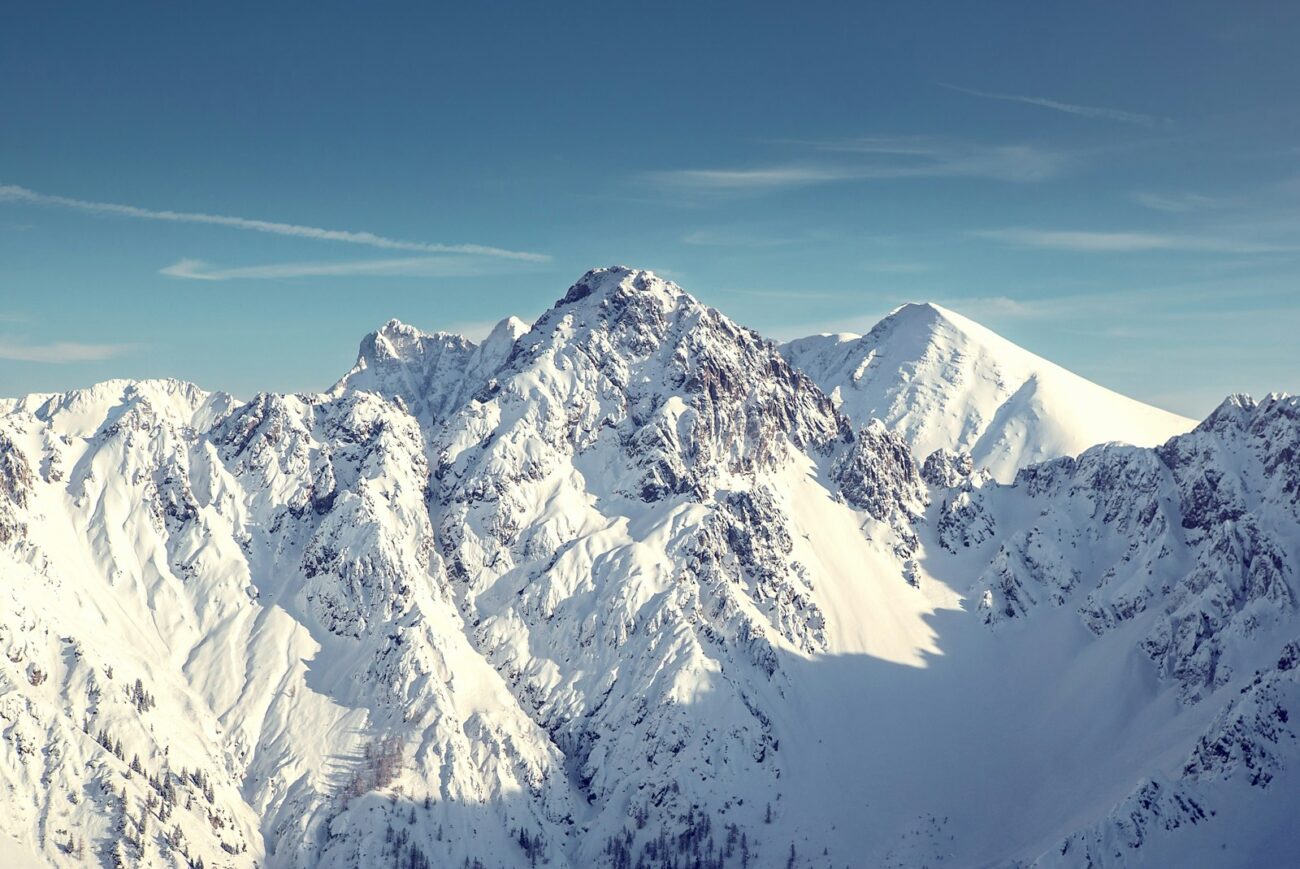For adventure-seeking Americans, few experiences match the majestic thrill of trekking through the world’s most iconic mountain ranges. The Alps and the Andes offer dramatically different experiences, each with their own unique appeal, challenges, and rewards. With their pristine trails, cultural richness, and breathtaking vistas, these mountain ranges draw thousands of American trekkers annually, each searching for that perfect alpine adventure. Whether you’re drawn to the refined European charm of the Alps or the rugged, ancient landscapes of the Andes, this guide will help you decide which mountain experience aligns with your trekking aspirations. From accessibility and terrain to cultural experiences and budget considerations, we’ll walk you through everything you need to know before booking your high-altitude adventure.
The Alpine Experience: What Makes the Alps Special
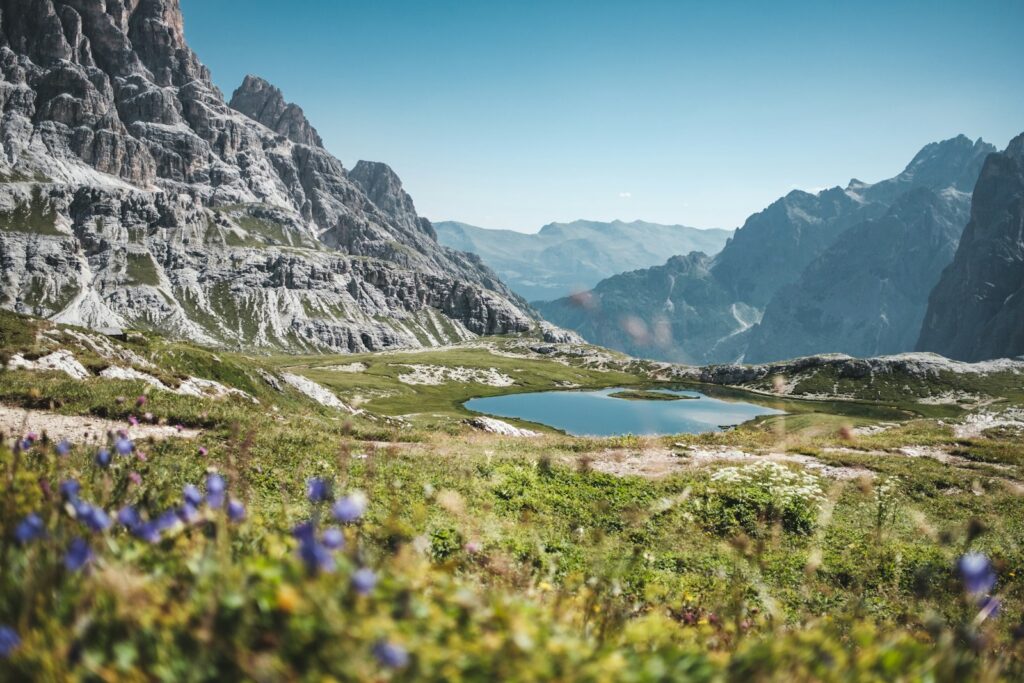
The Alps extend across eight European countries, offering an unparalleled blend of natural beauty and cultural experiences. What makes these mountains particularly special is the seamless integration of well-developed infrastructure with pristine natural landscapes. Trekkers can hike through meadows bursting with wildflowers in the morning, then enjoy a gourmet meal in a centuries-old village by evening. The Alps’ unique “hut-to-hut” system allows hikers to trek for days or even weeks without carrying camping gear, staying instead in mountain refuges that offer comfortable beds and hot meals. For Americans seeking a balance between wilderness adventure and creature comforts, the Alps offer a refined mountain experience where challenging hikes can be paired with cultural exploration and gastronomic delights.
The Andean Adventure: South America’s Majestic Range
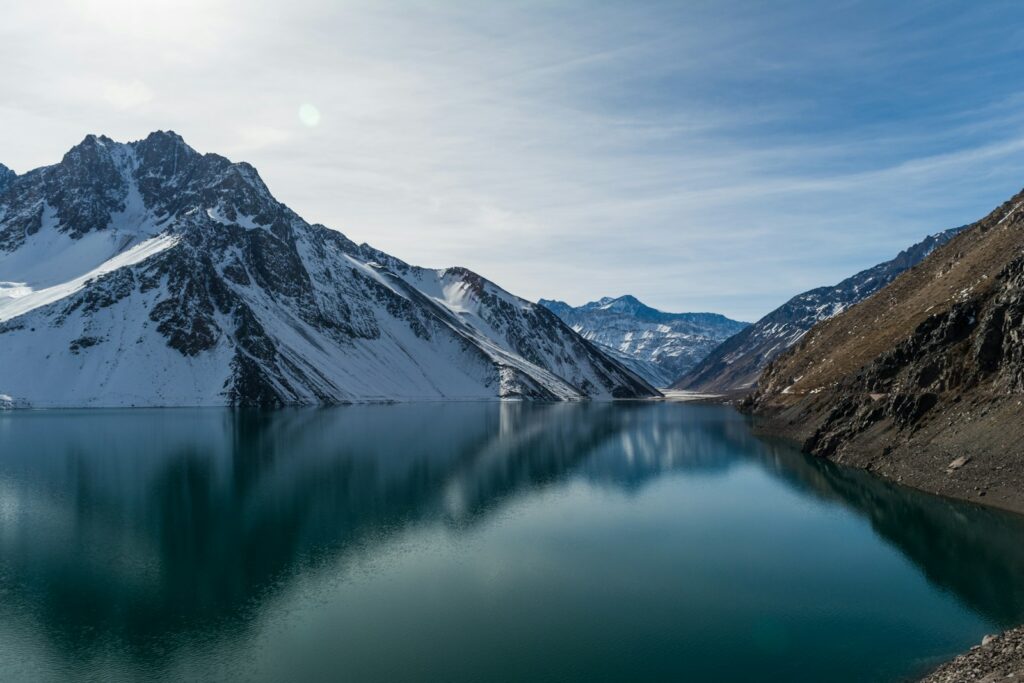
The Andes stretch over 4,300 miles through seven South American countries, forming the world’s longest continental mountain range and offering a more rugged, less commercialized trekking experience. Here, Americans can walk ancient Inca trails, witness condors soaring over 20,000-foot peaks, and encounter indigenous cultures that have maintained their traditions for centuries. The Andes provide a sense of remoteness and wilderness that’s increasingly rare in our connected world, with opportunities to trek for days without encountering modern development. The sheer vertical scale of the Andes—with peaks regularly exceeding 20,000 feet—creates diverse ecosystems ranging from tropical cloud forests to high-altitude desert plateaus. For trekkers seeking immersion in dramatic landscapes far removed from the familiar comforts of home, the Andes present an adventure of magnificent proportions.
Accessibility and Travel Considerations
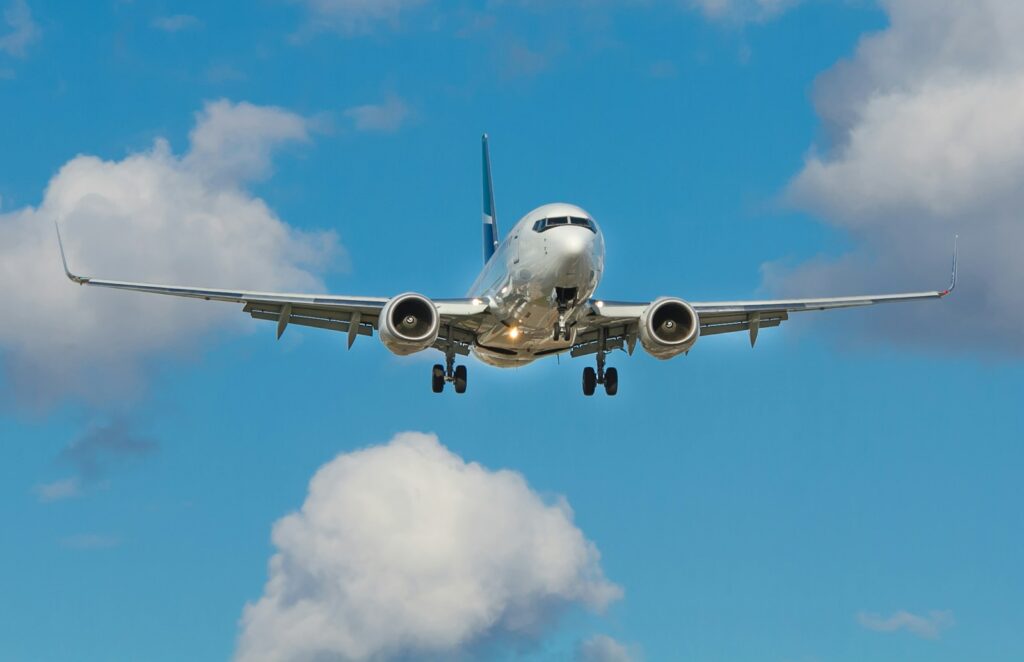
For Americans planning mountain treks, accessibility often plays a crucial role in decision-making. The Alps enjoy a significant advantage in this regard, with multiple major European cities serving as convenient gateways, including Geneva, Zurich, Munich, and Milan—all well-connected to major U.S. airports with direct flights. Once in Europe, efficient train and bus networks make reaching alpine trailheads remarkably straightforward, often requiring just a few hours of travel from your arrival city. The Andes, while requiring a longer journey from the U.S. (typically involving flights to Lima, Santiago, Quito, or Bogotá), offer the reward of a more off-the-beaten-path experience. Travel times to Andean trailheads can be significantly longer, sometimes involving multiple days of ground transportation, which should be factored into your overall trip planning and vacation time allocation.
Altitude Considerations and Acclimatization
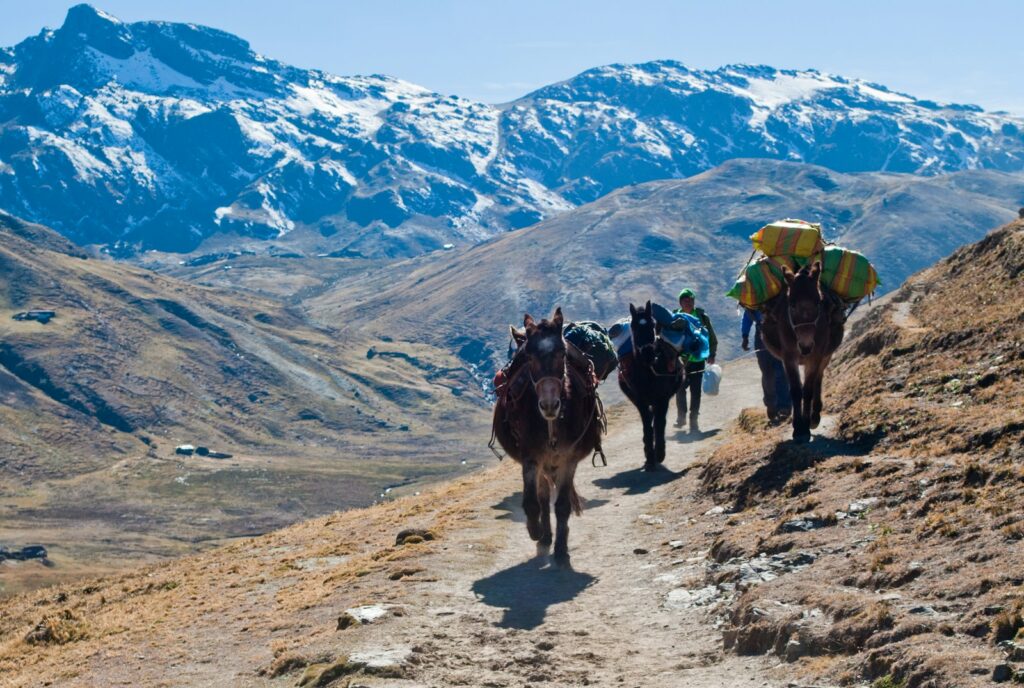
Altitude presents perhaps the most significant physical difference between trekking experiences in these two mountain ranges. The Alps, while certainly impressive, typically involve trekking at moderate altitudes between 5,000-10,000 feet, with passes occasionally reaching 12,000 feet—elevations that most healthy trekkers can manage without extensive acclimatization. The Andes, however, regularly take hikers above 13,000 feet, with many popular routes maintaining elevations of 14,000-16,000 feet for days, and some treks approaching 18,000 feet. This significant altitude difference means Andean treks require more serious acclimatization protocols, often adding 2-3 days to your itinerary specifically for altitude adjustment. Americans should be aware that altitude sickness is a real concern in the Andes, potentially requiring medication and always demanding respect for proper acclimatization schedules.
Trekking Infrastructure and Comfort Levels
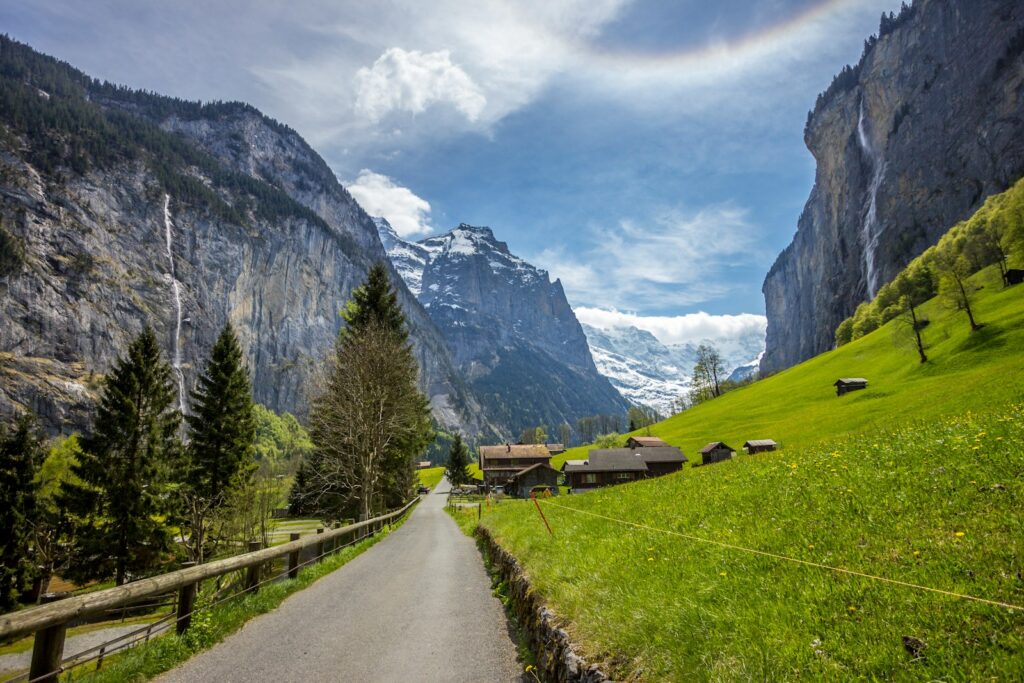
The Alps boast a highly developed trekking infrastructure that has evolved over centuries, featuring well-marked trails, regular signposts, and the famous network of mountain huts or “refuges” spaced strategically throughout the range. These huts range from basic to surprisingly luxurious, but most offer private or dormitory-style accommodations, hot meals, showers, and sometimes even wine lists—allowing hikers to trek with daypacks only. In stark contrast, the Andes offer a more primitive experience where many treks require complete self-sufficiency with camping gear, food supplies, and navigation tools. While popular routes like the Inca Trail have developed some infrastructure with designated campsites and porters available for hire, many Andean adventures still demand wilderness camping skills and comfort with basic conditions. This fundamental difference makes the Alps more accessible to beginners or those preferring some comforts, while the Andes tends to attract trekkers comfortable with rougher conditions.
Iconic Routes: The Alps’ Greatest Hits
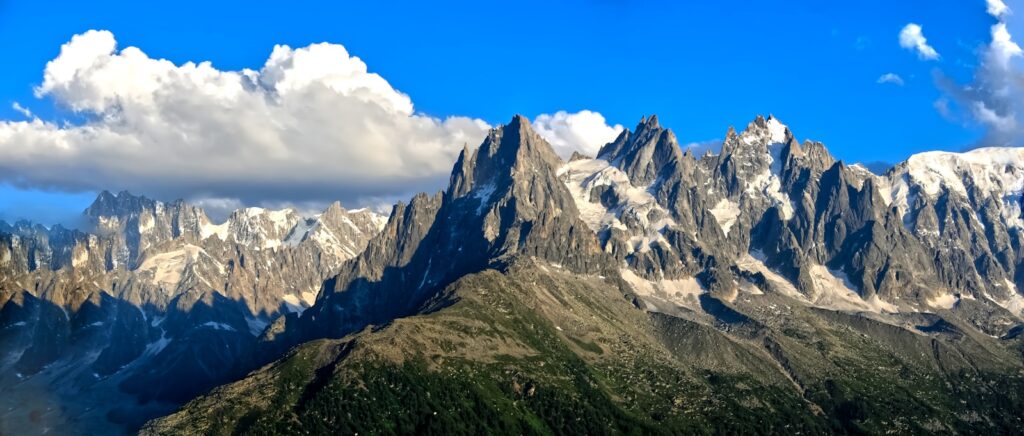
The Alps feature some of the world’s most celebrated trekking routes, many of which have achieved bucket-list status among American hikers. The Tour du Mont Blanc stands as perhaps the most famous alpine trek, a 110-mile circuit around Western Europe’s highest peak that traverses France, Italy, and Switzerland while offering postcard-perfect views of glaciers, meadows, and charming villages. The Haute Route presents a more challenging option, connecting Chamonix (France) to Zermatt (Switzerland) through high mountain passes with spectacular views of iconic peaks like the Matterhorn. For those seeking shorter commitments, the Walker’s Haute Route offers magnificent day-hiking options around Chamonix or the Dolomites, where dramatic limestone formations create otherworldly landscapes. The Italian Dolomites deserve special mention for their unique jagged peaks, offering treks like the Alta Via 1 that combine challenging hiking with Italian culinary delights at mountain rifugios each evening.
Signature Treks: The Andes’ Must-Do Routes
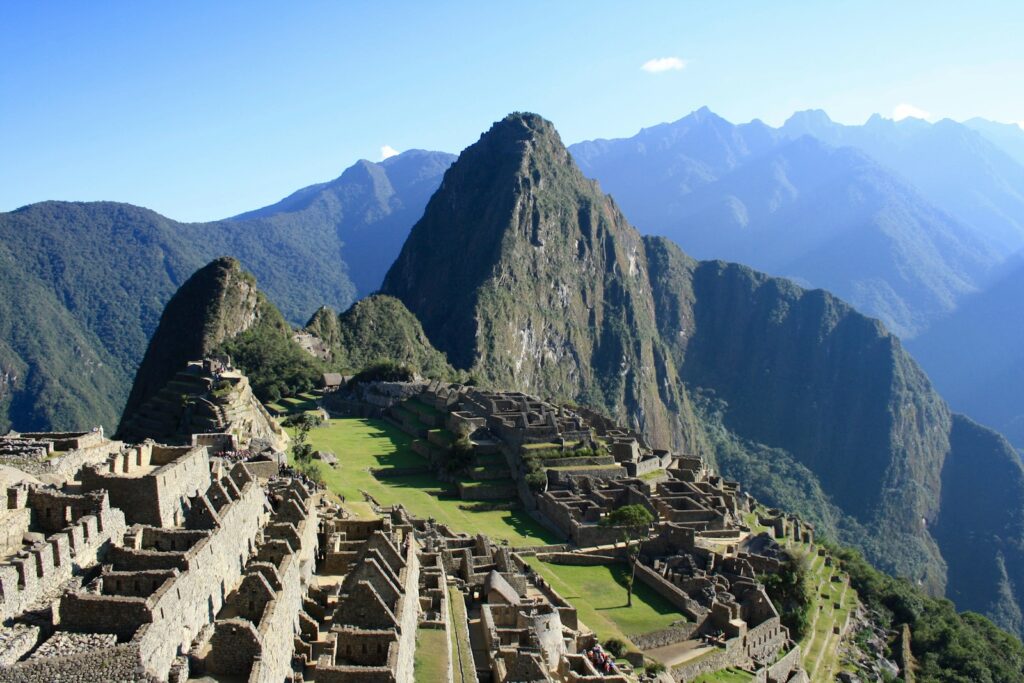
The Andes offer trekking experiences deeply connected to ancient civilizations and pristine wilderness, with routes that have captivated explorers for centuries. Peru’s iconic Inca Trail to Machu Picchu remains the region’s signature trek, combining spectacular mountain scenery with ancient stone pathways and archaeological sites, culminating at the legendary citadel—though its popularity necessitates booking permits months in advance. For those seeking alternatives to the crowded Inca Trail, the Salkantay Trek and Lares Trek offer equally stunning scenery with fewer crowds. Patagonia’s Torres del Paine Circuit in Chile presents a completely different Andean experience, featuring dramatic granite spires, massive glaciers, and emerald lakes in a compact but challenging circuit. Ecuador’s Avenue of the Volcanoes offers opportunities to summit active volcanoes like Cotopaxi, while Colombia’s newly accessible Lost City Trek (Ciudad Perdida) combines jungle trekking with archaeological exploration of a site predating Machu Picchu by 650 years.
Weather Patterns and Best Seasons
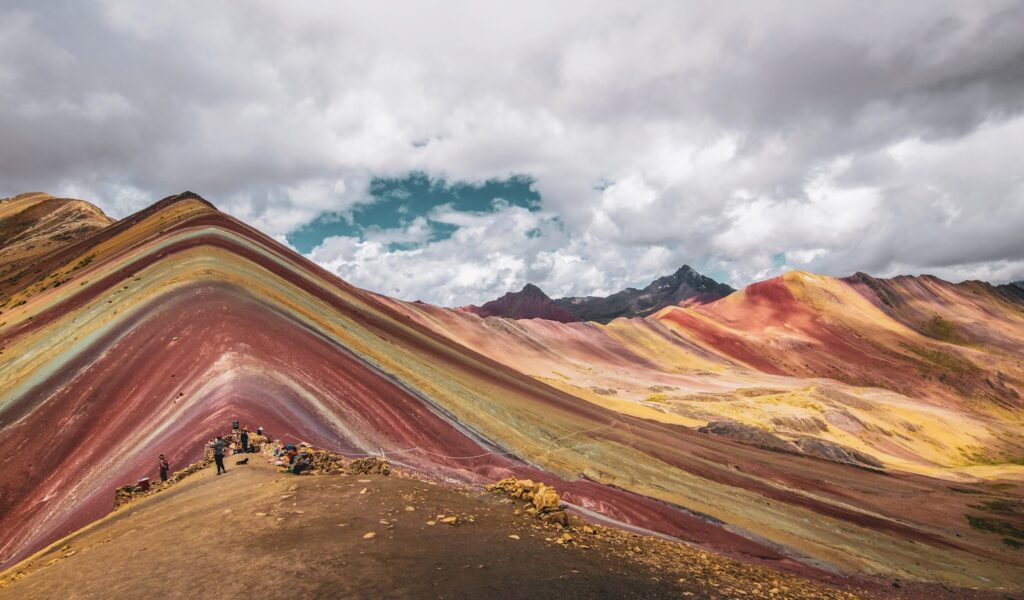
Timing your mountain trek correctly can make the difference between a memorable adventure and a miserable ordeal. The Alps enjoy their prime trekking season from mid-June through September, when mountain passes are generally snow-free, wildflowers carpet the meadows, and most mountain huts operate at full capacity. July and August bring the best weather but also peak crowds, making June and September excellent compromises for Americans seeking good conditions with fewer fellow hikers. The Andes’ weather patterns vary dramatically by latitude, with the Ecuadorian and Colombian Andes offering year-round trekking possibilities thanks to their equatorial location, though even here, the drier months (June-September and December-February) are preferable. Peru and Bolivia see their dry season from May through October, making these the optimal months for classics like the Inca Trail, while Patagonian treks in the southern Andes are best attempted during the austral summer (December-March) when fierce winds somewhat abate and daylight extends well into evening.
Cultural Immersion Opportunities
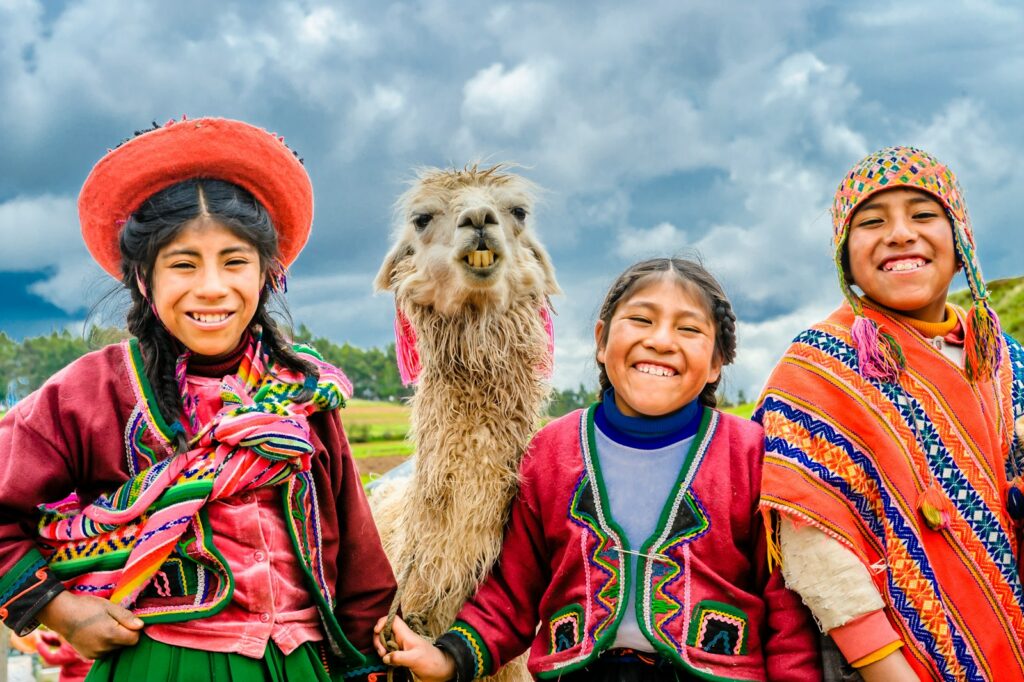
For many American trekkers, cultural experiences form an essential component of mountain adventures, and here the two ranges offer distinctly different but equally rewarding opportunities. The Alps immerse hikers in European cultural traditions that vary noticeably as you cross linguistic and national boundaries—from French Alpine villages with their cheese-making traditions to German-speaking regions with distinctive architectural styles and culinary specialties. Alpine treks frequently pass through working villages with centuries of history, where traditional farming practices continue alongside tourism. The Andes offer more dramatic cultural contrasts, with opportunities to encounter indigenous communities maintaining pre-Columbian traditions, agricultural practices, and textile arts that have changed little over centuries. Trekking in regions like Peru’s Sacred Valley or Bolivia’s Cordillera Real often includes interactions with Quechua or Aymara communities, offering glimpses into worldviews and cultural practices that feel remarkably different from Western norms, creating more profound cultural learning opportunities for open-minded American visitors.
Budget Considerations: Comparing Costs
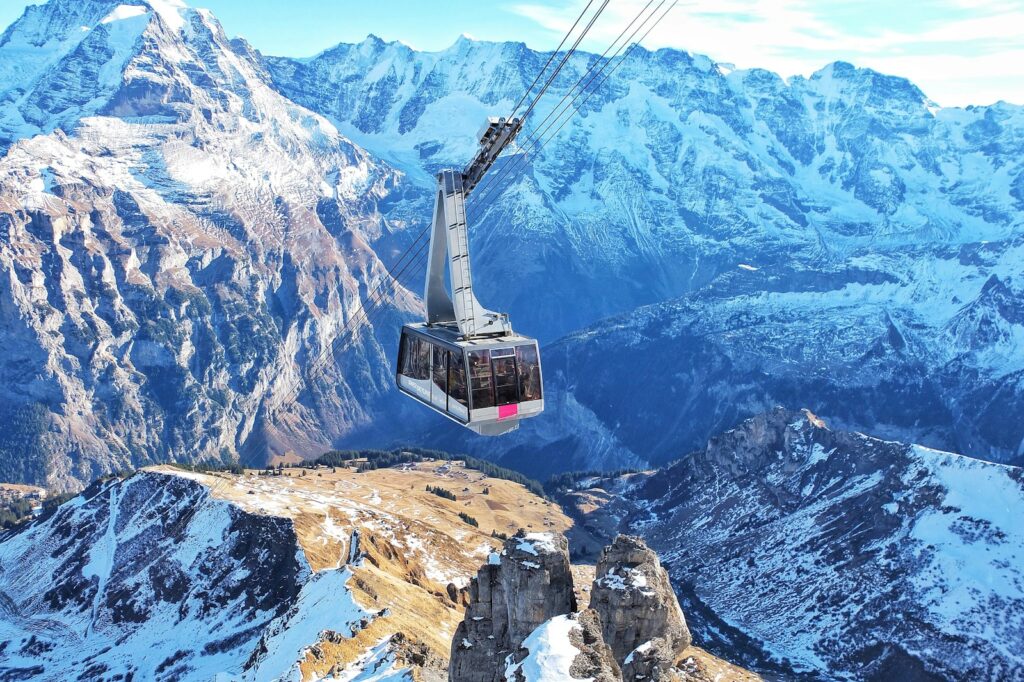
For budget-conscious American trekkers, understanding the financial implications of each destination is crucial to planning. The Alps, located in some of the world’s most developed economies, generally represent the more expensive option when considering total trip costs. Accommodation in Alpine regions, whether in mountain huts ($50-100 per night including half-board) or valley towns, commands premium prices, especially during high season. Guided treks in the Alps typically start around $1,500 for a week, before factoring in international airfare, though independent trekking can significantly reduce costs. The Andes often present better value for American dollars, with lower costs for accommodations, food, and services in countries like Peru, Bolivia, and Ecuador. However, these savings must be balanced against higher costs for specialized gear rentals (often of lower quality than in Europe), longer travel times, and potentially the need for guides in remote areas. Popular routes like the Inca Trail represent exceptions to Andean affordability, with permits and required guides pushing costs to Alpine levels despite the lower-cost economy.
Safety Considerations and Emergency Services
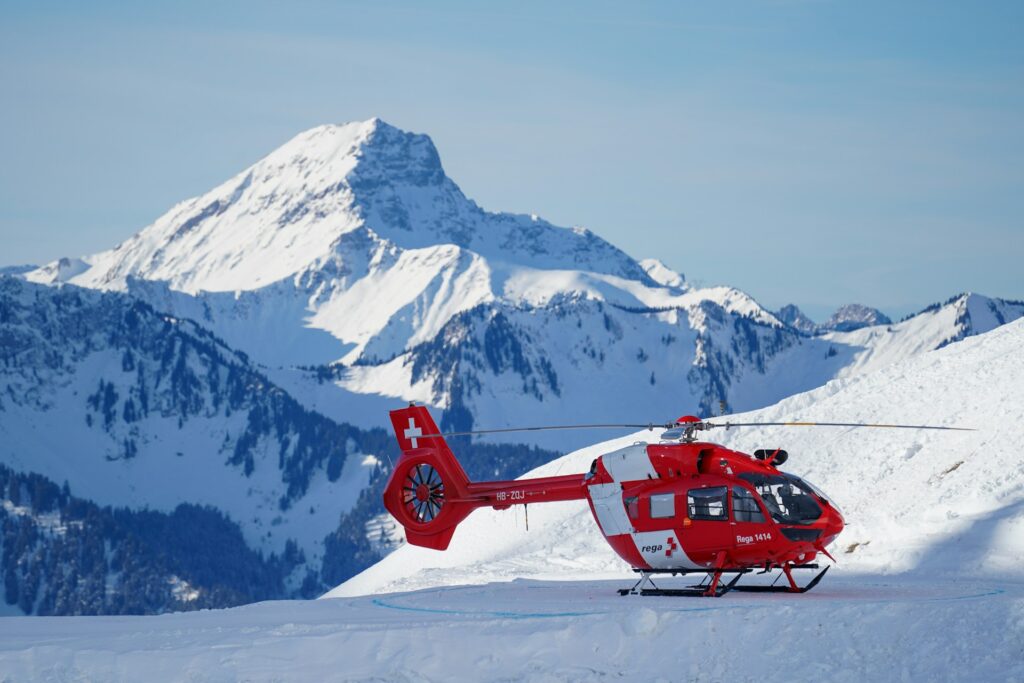
Mountain safety represents a critical consideration for any American planning international treks, and the two ranges present different risk profiles. The Alps benefit from Europe’s sophisticated emergency response systems, with helicopter rescue available throughout the range and mountain huts often staffed by professionals trained in emergency care. Cell phone coverage extends to most (though not all) popular trekking areas, and emergency contact numbers are standardized across European countries. The Andes present a more complex safety landscape, with emergency services varying dramatically between countries and regions. Remote areas may have no cell coverage and limited rescue capabilities, potentially requiring days of travel to reach medical facilities in the event of serious injuries. While popular trekking regions like Cusco have developed better emergency resources in recent years, American trekkers in the Andes should consider purchasing comprehensive evacuation insurance, carrying satellite communication devices, and developing conservative risk management strategies appropriate to the more isolated environment.
Physical Preparation and Fitness Requirements

Both mountain ranges demand physical preparation, but the nature and intensity of that preparation differ based on your destination. For Alps treks, cardiovascular endurance represents the primary requirement, with most routes involving significant daily elevation gain and loss (typically 2,000-3,000 feet) but at moderate altitudes that don’t dramatically impact breathing. Most Americans in reasonable hiking condition can manage Alpine treks with some training focused on uphill walking and stair climbing in the months before departure. Andes treks demand more comprehensive preparation due to the significantly higher altitudes, with additional focus on pulmonary strength and acclimatization strategies. Training regimens for Andean adventures should ideally include some high-altitude exposure if possible, along with extended cardiovascular training focusing on endurance rather than speed. For either destination, incorporating weighted backpack training proves essential, though the lighter loads possible on Alpine hut-to-hut treks may reduce this requirement compared to the self-sufficient camping often required in the Andes.
Environmental Impact and Responsible Trekking
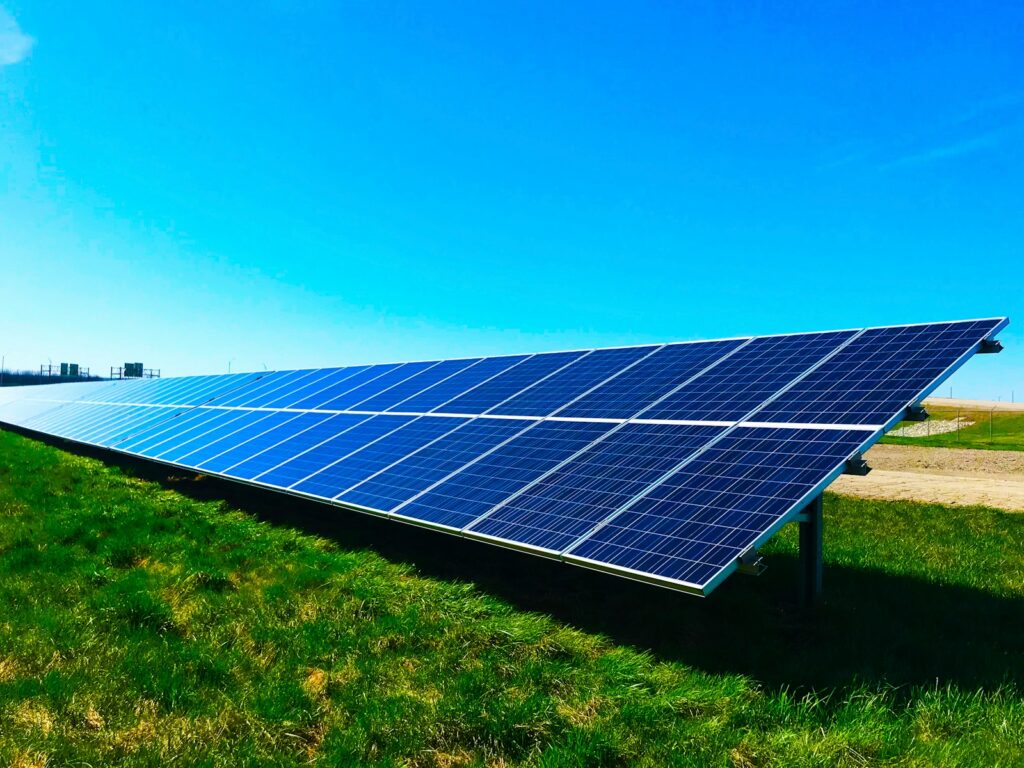
Conscientious American trekkers increasingly consider the environmental impact of their adventures, an area where these mountain ranges present different challenges and opportunities. The Alps have addressed mass tourism impacts through sophisticated waste management systems, energy-efficient mountain huts (many now solar-powered), and strict regulations regarding camping and trail use. However, the sheer volume of visitors—with popular areas seeing thousands of hikers daily—creates unavoidable impacts on alpine ecosystems despite these measures. The Andes, while generally seeing fewer visitors overall, often lack comparable infrastructure for managing environmental impacts, making individual responsibility even more important. Trekkers in the Andes should be prepared to pack out all waste in some regions, carefully manage water purification to avoid contamination, and respect fragile high-altitude ecosystems with extremely slow regeneration rates. For environmentally concerned trekkers, both ranges offer “Leave No Trace” certified guide services, though researching specific company practices remains essential regardless of destination.
Making Your Final Decision: Personal Factors to Consider
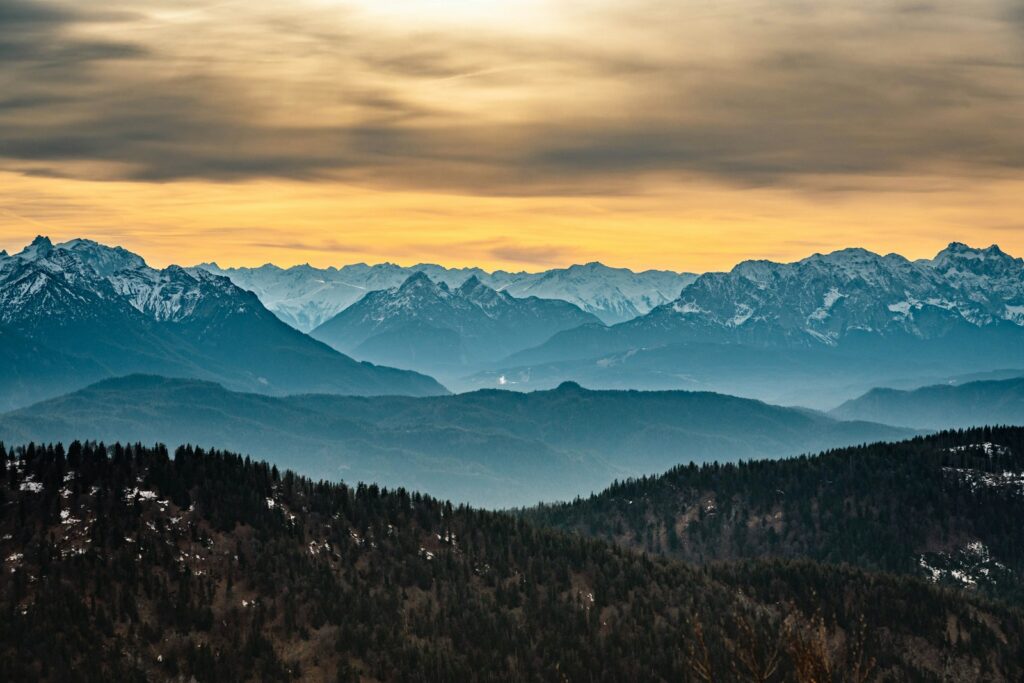
Ultimately, choosing between these magnificent mountain ranges depends on personal priorities that extend beyond practical considerations. Americans seeking a first international trekking experience, preferring predictable conditions with comfortable accommodations, or traveling with less experienced companions often find the Alps provide an ideal introduction to mountain travel. The combination of reliable infrastructure, moderate altitudes, and cultural richness creates a balanced experience that blends adventure with comfort. Trekkers drawn to more remote wilderness experiences, fascinating indigenous cultures, and dramatic high-altitude landscapes typically find the Andes more aligned with their aspirations, despite the additional challenges. Your decision might also reflect specific bucket-list dreams—whether witnessing Andean condors soaring above Colca Canyon or watching alpenglow illuminate the Matterhorn at sunset. Consider, too, your appetite for language barriers, with the Alps requiring navigation across multiple European languages while the Andes primarily involve Spanish (with some Portuguese in Brazil and indigenous languages in remote areas).
Conclusion: Two Magnificent Choices

Whether you choose the refined trails of the Alps or the rugged paths of the Andes, you’re guaranteed an unforgettable mountain experience that will challenge, inspire, and transform your perspective. Each range offers its own magic—the Alps with their perfect balance of natural grandeur and cultural sophistication, the Andes with their breathtaking scale and ancient mysteries. Many American trekkers find themselves drawn to both ranges over their hiking careers, discovering that these seemingly competitive destinations actually complement each other perfectly, offering different experiences for different phases of life or varying adventure appetites. Whichever range you choose for your next adventure, prepare thoroughly, trek responsibly, and embrace the unique character of your chosen mountains. The ultimate reward—those transcendent moments when physical effort, natural beauty, and cultural discovery blend into perfect harmony—awaits in both these magnificent mountain realms.

